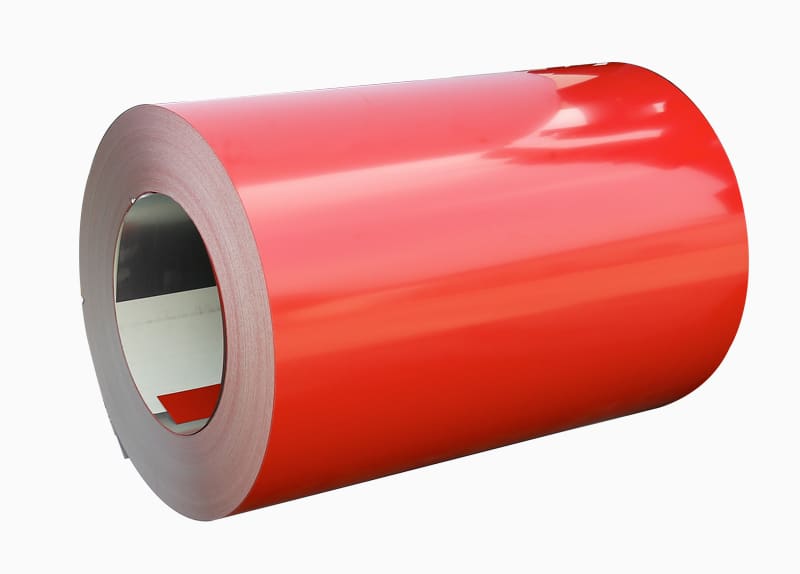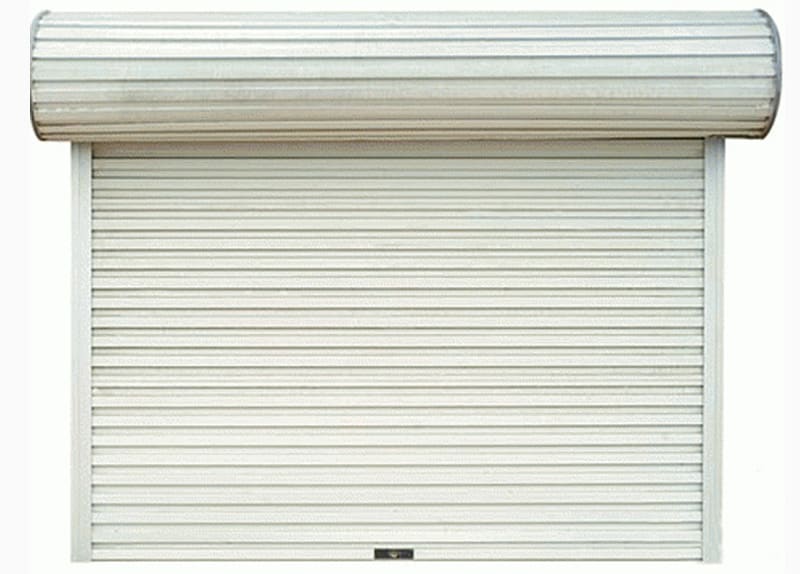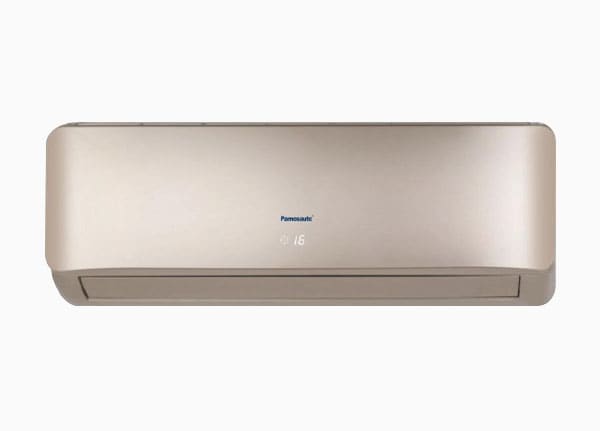- no.8,zaolin road,
longxiang street,
tongxiang,zhejiang,china - +86 573 89381086[email protected]
- DownloadsPDF Brochures
Steel, an indispensable material in countless industries, from construction to automotive, is frequently handled and stored in coil form. A question that often arises, particularly when considering storage and longevity, is: Can steel coils rust? The unequivocal answer is yes, under the right conditions, steel coils can and do rust. Understanding why this occurs, the factors influencing it, and how to prevent it is crucial for anyone working with this versatile material.
Rust is the common term for iron oxides, a reddish-brown flaky coating that forms on iron and its alloys, like steel, when exposed to oxygen and moisture. This electrochemical process, also known as corrosion, is fundamentally a degradation of the metal. Steel is primarily an alloy of iron and carbon, making it susceptible to this oxidation.
The process typically involves:
Anode: The steel itself, where iron atoms lose electrons and become iron ions.
Cathode: Another part of the steel surface where oxygen gains electrons.
Electrolyte: Water (or moisture) acting as a medium for ion flow.
The presence of both oxygen and water is essential for rust to form. The rate and severity of rusting are influenced by several factors.
While the basic requirements for rust are oxygen and water, several environmental and storage conditions can significantly accelerate the corrosion process in steel coils:
Humidity and Moisture: This is the most critical factor. High humidity levels, condensation, rain, or even high moisture content in the air directly provide the water needed for the electrochemical reaction. Coils stored outdoors or in unconditioned warehouses are particularly vulnerable.
Temperature Fluctuations: Rapid changes in temperature can lead to condensation forming on the steel's surface. When warm, humid air comes into contact with colder steel, moisture condenses, creating the perfect environment for rust.
Presence of Contaminants:
Salts: Chlorides, whether from sea spray (for coastal storage) or de-icing salts, are highly corrosive and dramatically accelerate rusting. They act as catalysts in the electrochemical reaction.
Acids and Alkalis: Industrial pollutants, acidic rain, or even residual chemicals from manufacturing processes can lower the pH on the steel surface, making it more prone to corrosion.
Dust and Dirt: These can trap moisture against the steel surface, creating localized corrosion cells.
Poor Air Circulation: Stagnant air allows moisture to linger around the coils. Good ventilation helps to dissipate humidity.
Direct Contact with the Ground or Wet Surfaces: Storing coils directly on damp concrete or soil allows moisture to wick up and initiate corrosion on the underside.
Surface Condition: Scratches, abrasions, or imperfections on the coil's surface can break through protective layers (like mill scale or oil coatings) and expose the bare metal to the elements, creating initiation points for rust.
Duration of Exposure: The longer steel coils are exposed to unfavorable conditions, the higher the likelihood and severity of rust formation.
Rust isn't a singular phenomenon; its appearance and impact can vary:
Surface Rust: Often the first stage, appearing as a reddish-brown film. If caught early, it can sometimes be removed without significant damage to the underlying steel.
Pitting Corrosion: More insidious, this forms localized holes or pits on the surface. Pitting can compromise the structural integrity or surface finish of the steel, making it unsuitable for certain applications.
Crevice Corrosion: Occurs in confined spaces, such as between wraps in a coil, where oxygen levels are low. This can be particularly problematic as it's not immediately visible.
Flashing Rust (Flash Rust): A very light, uniform layer of rust that can form rapidly on freshly exposed steel, often due to high humidity. While usually superficial, it can be a precursor to more severe corrosion.
Given the susceptibility of steel coils to rust, proactive prevention strategies are paramount:
Controlled Storage Environment:
Indoor Storage: Whenever possible, store coils indoors in a dry, well-ventilated warehouse.
Humidity Control: Implement dehumidifiers or HVAC systems to maintain consistent low humidity levels.
Temperature Stability: Minimize drastic temperature fluctuations to prevent condensation.
Proper Packaging and Protection:
Rust-Preventative Oils/Coatings: Many coils are shipped with a layer of rust-preventative oil or a temporary protective coating. These should be maintained until the coil is ready for processing.
VCI (Volatile Corrosion Inhibitor) Packaging: VCI papers, films, or emitters release protective vapors that form a molecular layer on the steel surface, inhibiting rust. This is highly effective for long-term storage or challenging environments.
Stretch Film/Shrink Wrap: Provides a physical barrier against moisture and contaminants.
Elevated Storage: Store coils on dunnage, skids, or pallets, keeping them off the ground to prevent moisture wicking.
Good Housekeeping: Keep storage areas clean, free of dust, dirt, and chemical spills. Regularly inspect coils for any signs of developing rust.
Timely Processing: Process coils as soon as possible after delivery to minimize their exposure time to potentially corrosive environments.
Regular Inspection: Implement a routine inspection schedule for stored coils to identify any early signs of rust and take corrective action.
Steel coils are undeniably susceptible to rusting when exposed to oxygen and moisture. However, with a comprehensive understanding of the factors that accelerate this process and the implementation of robust preventative measures, the integrity and quality of steel coils can be maintained. Investing in proper storage, protective packaging, and regular vigilance is not just good practice, but a critical component of preserving the value and usability of this essential industrial commodity.

With high anti-rust performance, they are popular used in co...

PPGI / PPGL COIL full name is prepainted galvanized / galval...

Port:Zhejiang,China Advantages of Our Prepainted Galvanized ...

APPLICATION OF PPGI Construction:Outside:Workshop, agricultu...

